The Greatest Moon Crashes of All Time
The Greatest Lunar Crashes Ever
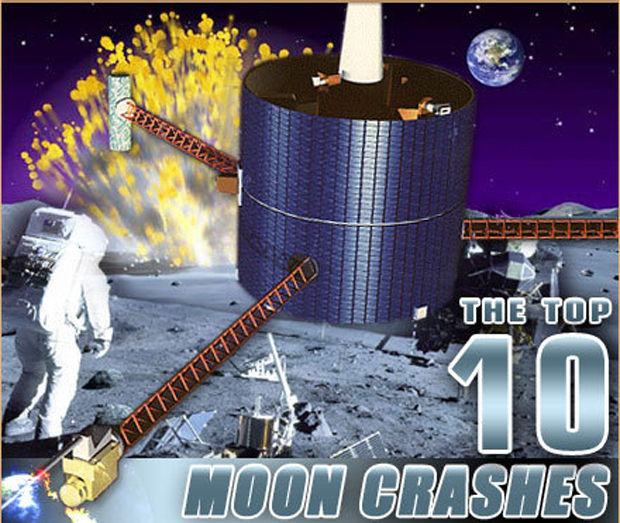
The moon may be a dazzling sight in the night sky, but its cratered surface us proof of its double life as a cosmic punching bag for asteroids and meteorites.
Here's a list of the top 10 things that have impacted the lunar surface.
FIRST STOP: NASA's LCROSS/LRO Lunar Whammy
LCROSS/LRO Lunar Whammy
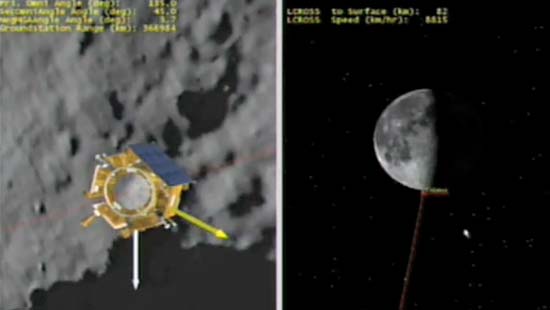
NASA's Lunar Crater and Observation Sensing Satellite mission will send two impactor spacecraft smashing into the moon in February 2009. Scientists hope the impacts produce evidence of hydrogen locked away in the moon's North Pole, possibly in the form of water ice.
NEXT: NASA's LADEE
A Probe Bites the Lunar Dust
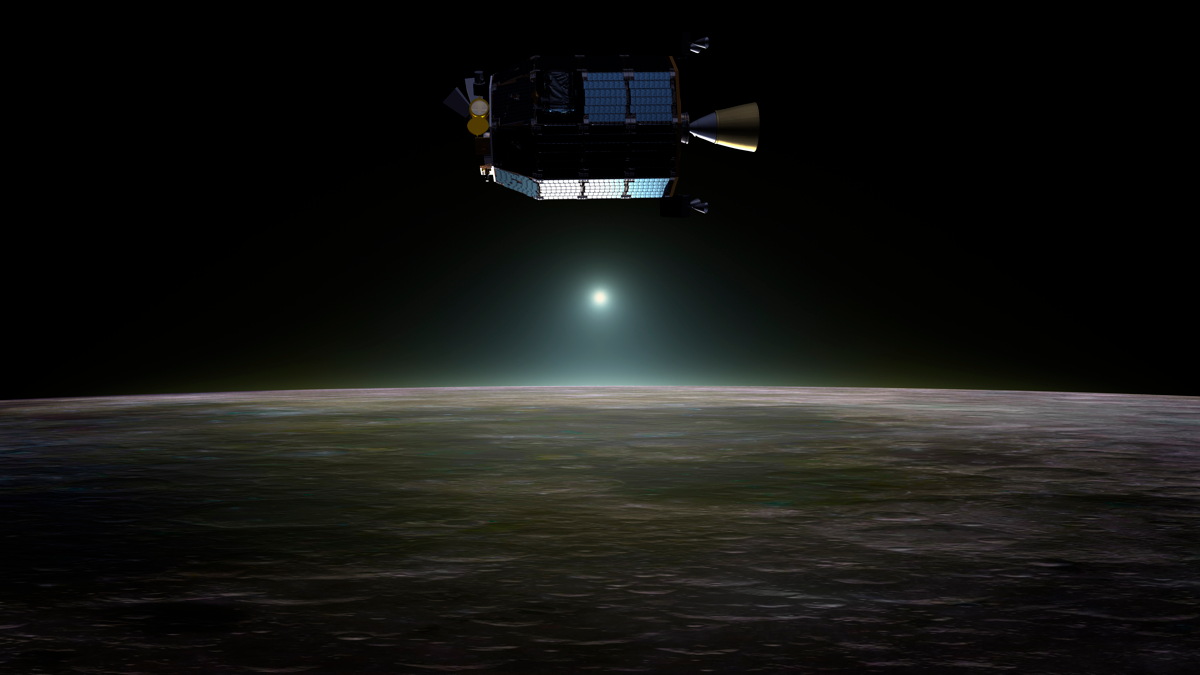
NASA's LADEE moon probe (short for Lunar Atmosphere and Dust Environment Explorer) crashed into the lunar surface in April 2014. The impact probably vaporized parts of the couch-sized spacecraft, heating the probe up to hundreds of degrees, according to the space agency. LADEE impacted the moon after beaming back new information about the moon's thin atmosphere and lunar dust.
NEXT: NASA's Lunar Prospector
Lunar Prospector
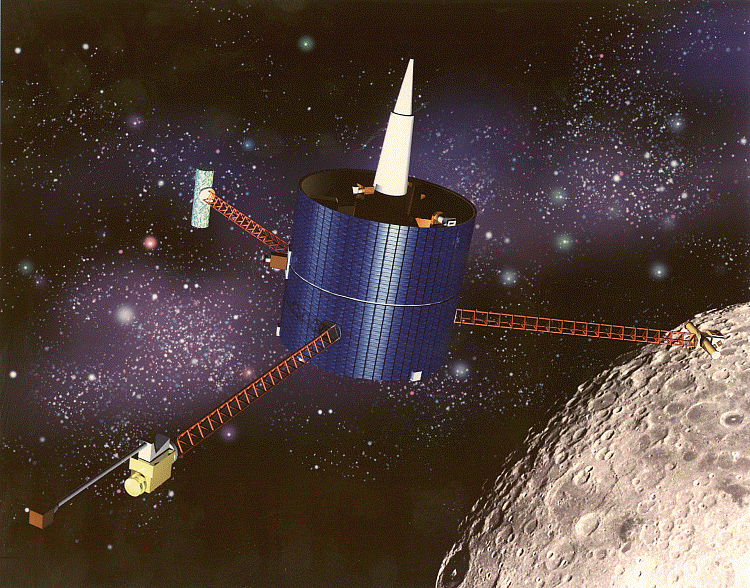
NASA's Lunar Prospector spacecraft detected large amounts of hydrogen at the moon's poles before diving into a crater on July 31, 1999. The spacecraft vanished without a trace and left Earth observers with nothing to see.
NEXT: Moon Meteorites
Moon Meteorites
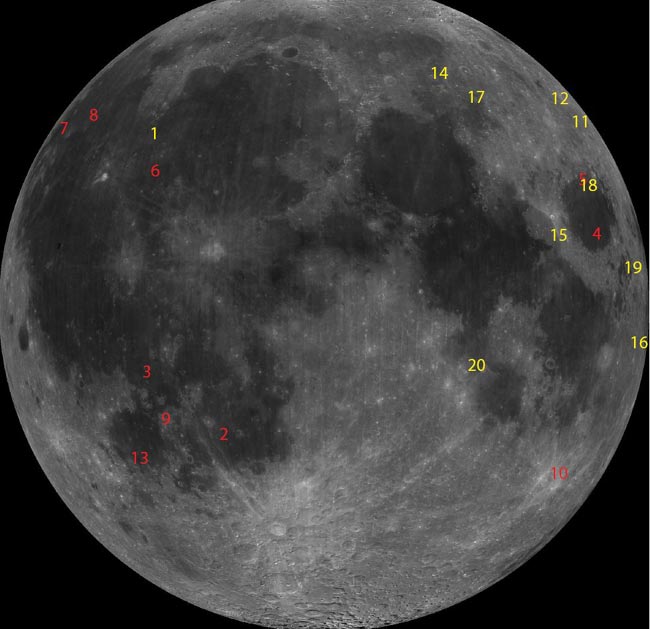
NASA's Meteoroid Environment Office has seen many meteorites strike the moon since 2005, including Geminids, Leonids, and a Taurid from various clouds of space debris. Even pebble-sized meteorites can blast craters several-feet wide when traveling at 78,000 mph.
NEXT: A Lunar Pinprick
A Lunar Pinprick
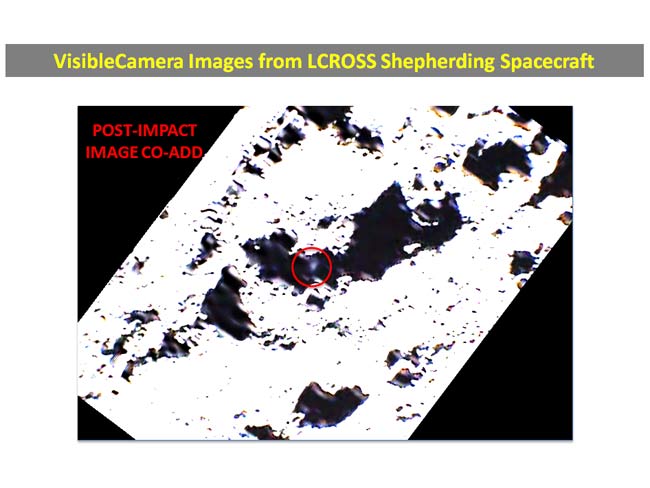
Astronomers recorded a tiny blip caused by the flash of a meteoroid hit northwest of Mare Imbrium on Nov. 7, 2005. The rock that impacted in the moon's "Sea of Showers" was estimated at just 4-5 inches (12 centimeters) in diameter, leaving a crater 10 feet wide and 1.3 feet deep (3 meters by 0.4 meters).
NEXT: Europe's Smart-1 Probe
Europe's Lunar Smart-1
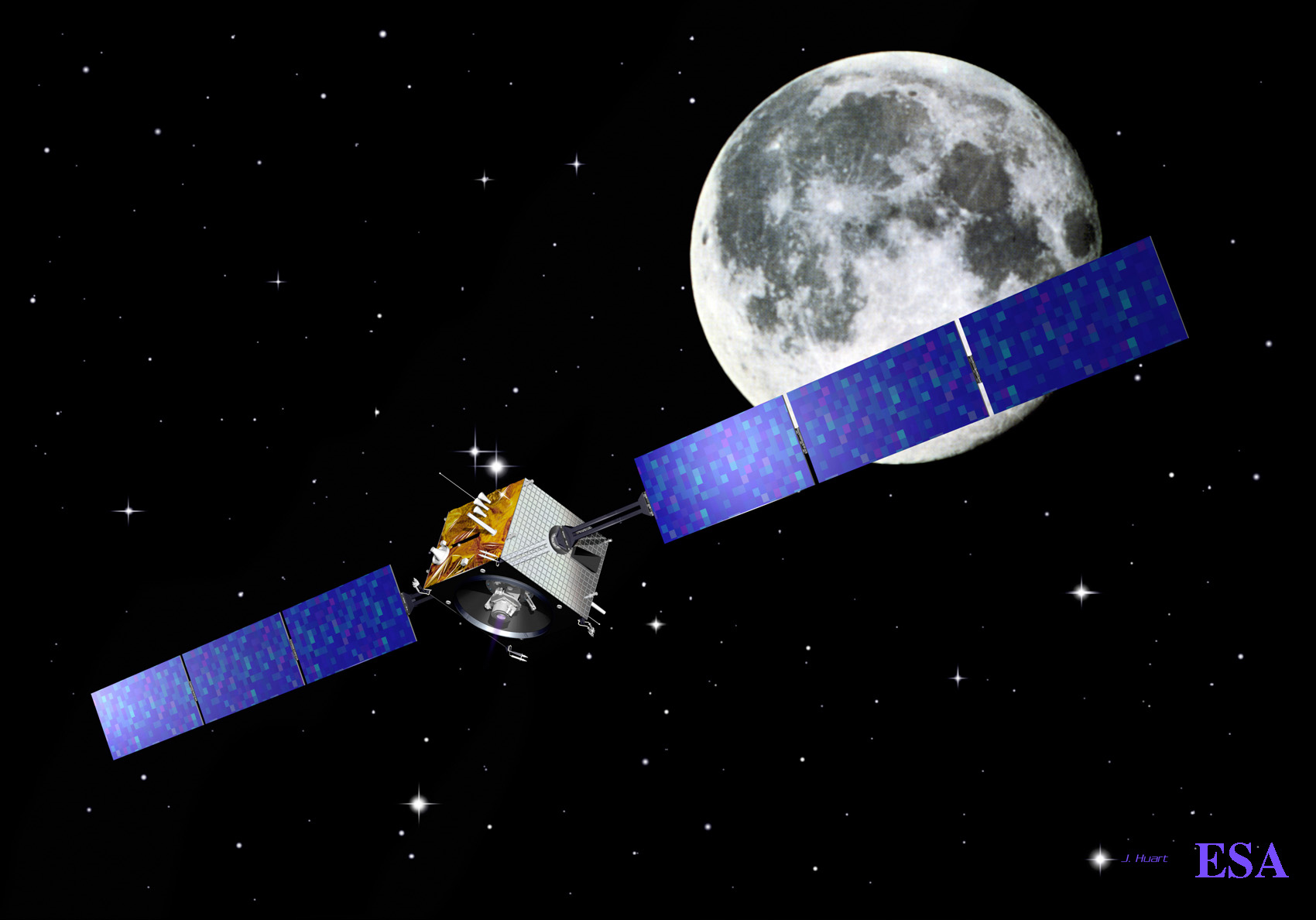
The European lunar orbiter impacted the moon at a shallow angle on September 3, 2006. The space probe squeezed some extra science from its mission's conclusion by going out with a bang for astronomers watching from Earth.
NEXT: Apollo Moon Mission Impacts
Apollo's Impacts
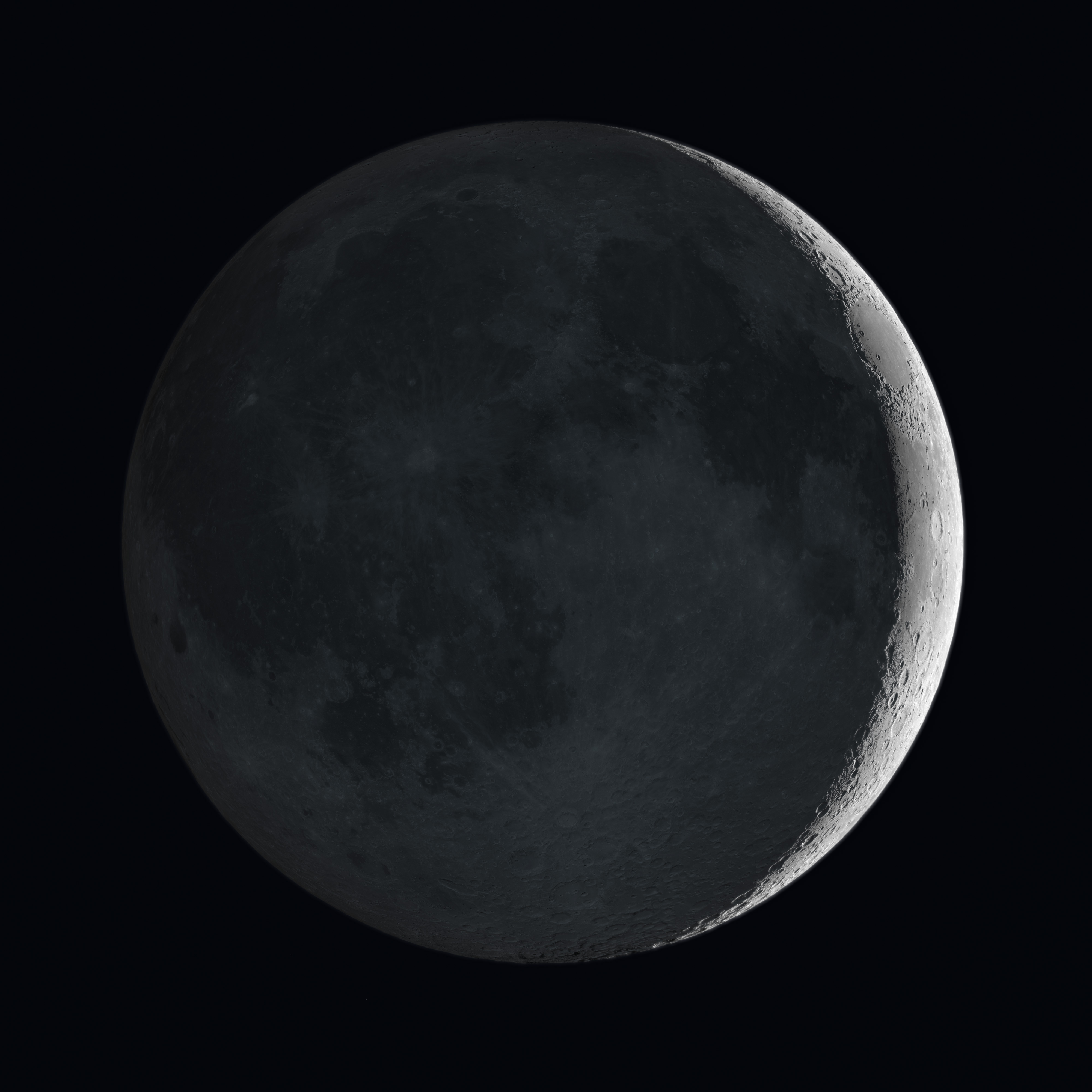
Back when NASA was landing men on the moon, it was also crashing empty stages of the Apollo lunar modules and Saturn rockets into the lunar surface. Apollo moonwalkers installed seismometers to record the tremors and jolts from both man-made and natural impacts.
NEXT: Great Moon Crash of 1953
Lunar Crash of 1953
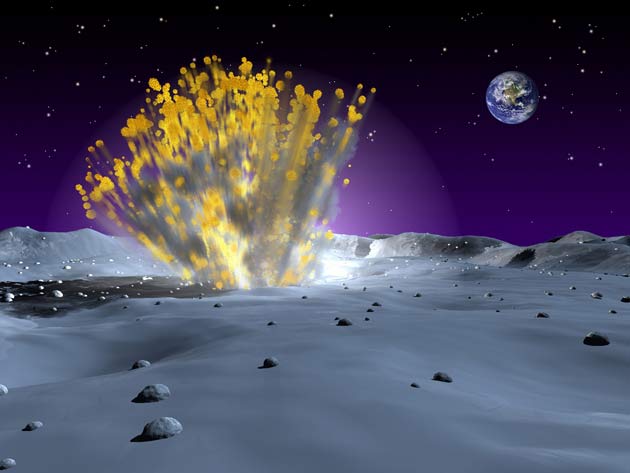
An amateur astronomer named Leon H. Stuart photographed a flash on the moon in the early 1950s — the only unambiguous record of an asteroid-sized body impacting the lunar surface. NASA's Clementine spacecraft later spotted the likely crater while orbiting the moon in 1994.
NEXT: Shoemaker Crater
Shoemaker Crater
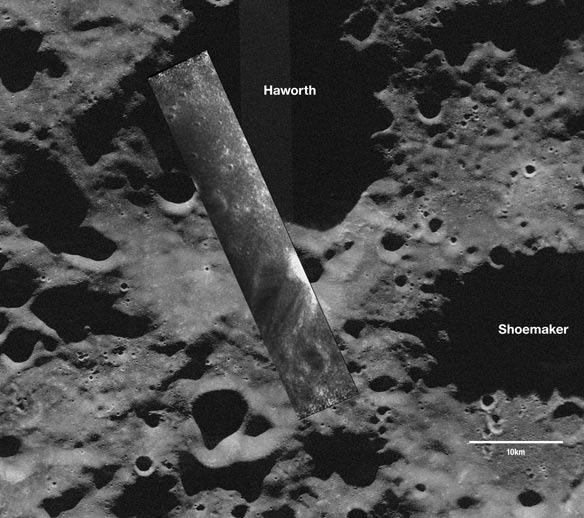
The Shoemaker Crater resulted from an old lunar impact, but has become a site of interest for NASA's moon-slamming missions. Shoemaker lies in the permanent shadow of the moon and has high concentrations of hydrogen that may take the form of water ice. Lunar Prospector aimed for this crater in 1999, and NASA will send another spacecraft diving into Shoemaker in February 2009.
NEXT: The Man in the Moon
The Man in the Moon
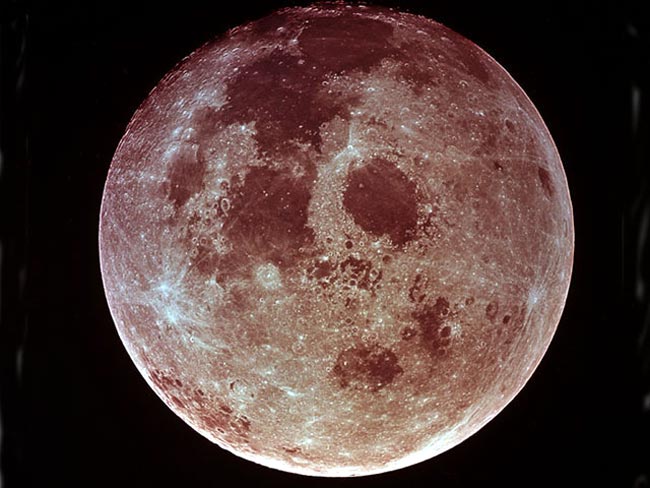
The famous "Man in the Moon" may have been created by asteroid impacts on the other side of the moon. Some shock waves from early asteroid impacts traveled through the moon's interior and may have set off volcanic eruptions on the far side. When the lava flows cooled, they left dark blotches on the lunar surface for Earth observers to interpret as a face.
NEXT: The Moon's Violent Birth
Join our Space Forums to keep talking space on the latest missions, night sky and more! And if you have a news tip, correction or comment, let us know at: community@space.com.
Get the Space.com Newsletter
Breaking space news, the latest updates on rocket launches, skywatching events and more!

Space.com is the premier source of space exploration, innovation and astronomy news, chronicling (and celebrating) humanity's ongoing expansion across the final frontier. Originally founded in 1999, Space.com is, and always has been, the passion of writers and editors who are space fans and also trained journalists. Our current news team consists of Editor-in-Chief Tariq Malik; Editor Hanneke Weitering, Senior Space Writer Mike Wall; Senior Writer Meghan Bartels; Senior Writer Chelsea Gohd, Senior Writer Tereza Pultarova and Staff Writer Alexander Cox, focusing on e-commerce. Senior Producer Steve Spaleta oversees our space videos, with Diana Whitcroft as our Social Media Editor.
